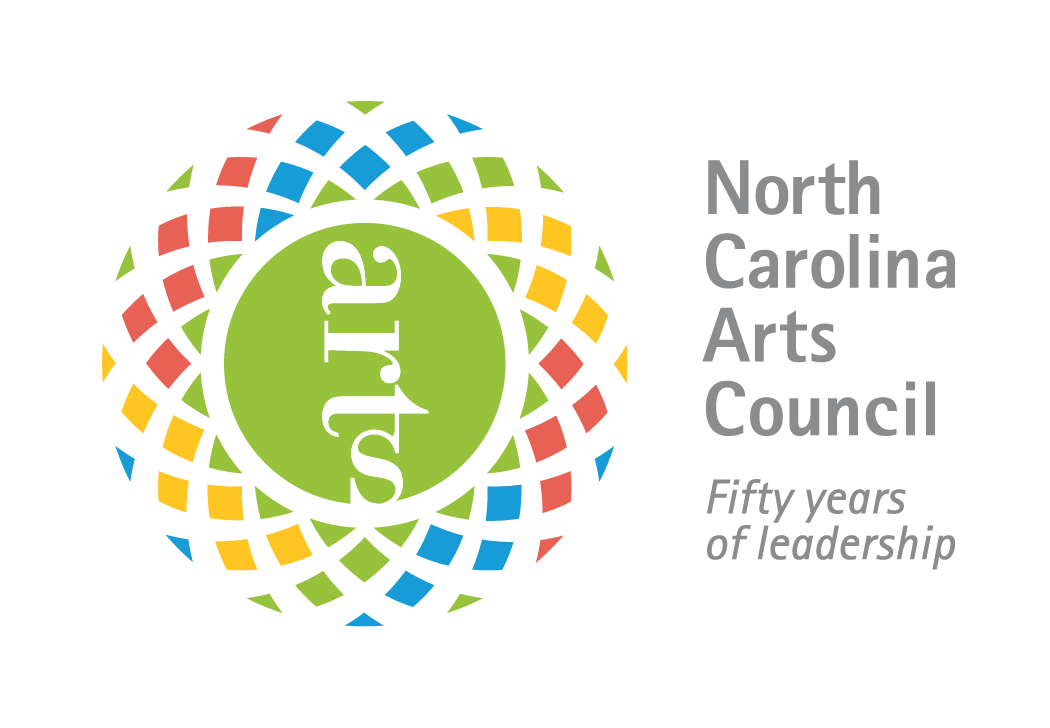News
Charlotte Symphony opens 2017 with a big noise from Winthrop
Dec 20, 2016This is how it went down, with millionaire patrons and government grants and contract negotiators nowhere in sight.
A timpanist walked into a pizza joint to hang out with a violinist friend and her husband. A thought occurred to him. "Hey," he told the husband. "You should write me a concerto."
"Sure," the husband replied. "I'll work on that."
Three years later, Leonardo Soto and the Charlotte Symphony Orchestra will bring Leonard Mark Lewis' percussion concerto "Evolution" to life Jan. 6 and 7.
Yes, the Winthrop University prof will get a fee for this world premiere. Yet the project arose out of a quiet passion, not a quest for profit.
Some of it came from the silent partner in this project: Former CSO associate conductor Jacomo Bairos, who now leads the Amarillo Symphony. He and Soto often play together Soto worked with his Nu Deco Ensemble in Miami this month and Bairos had him play Michael Daugherty's concerto "Raise the Roof" with the CSO in 2013.
"Jacomo told me, 'Play solos more. Try to get someone to commission a piece for you,' " Soto recalls. "I thought, 'Who can I ask?' I had just played Mark's piece for marimba and violin with (CSO assistant concertmaster) Kari Giles. Mark said, 'I'll write you a piece, no problem.' Jacomo said, 'We'll do it in Amarillo, no problem.' We were supposed to have the world premiere in Texas, but in the middle of discussions, we decided to do it here."
CSO music director Christopher Warren-Green features his players every season; as he says, "I am always looking for opportunities to champion our own talented musicians in new and interesting ways." He suggested Joseph Schwantner's flamboyant percussion concerto to Soto, but the great Evelyn Glennie had already played it here. So the symphony took Lewis' 21-minute piece, pairing it shrewdly with Beethoven's overture to "Fidelio" and Schubert's towering Ninth Symphony.
"I'm glad to be opening for Schubert," says Lewis, smiling. "That ought to draw some people."
A composer with common sense
He's had that kind of pragmatic, unpretentious attitude toward composing for 40 of his 43 years. This son of a jazz trumpeter and opera singer would prop himself up at the keyboard, pretending to read music. His dad would encourage him: "Let's say we're going fishing. Play some music that would go with that." Friends put Led Zeppelin or Depeche Mode posters on their walls; he hung Beethoven. (His Rock Hill office now has a portrait of opera composer Carlisle Floyd, one of his mentors.)He expected to be a professional pianist, "but I was not meant to be a soloist." He fit a different mold: "For much of the 20th century, composers cleared a path to support their habit of composing by teaching in college. That worked for me." He came to Winthrop in 2007 and married Giles in 2013.
The remarkable thing about "Evolution" is that Lewis does play a percussion instrument, the piano he even led a jazz combo, the Mark Lewis Trio yet it's not used here. Instead, he created a world of sound he has never personally entered. Soto neither put limits on him nor made demands; instead, he occasionally advised Lewis when something was awkward or even impossible to play.
A trip around Soto's studio at Queens University, which roughly resembles the set-up you'll see on the Belk Theater stage, gives you a sense of that world. A gorgeous new marimba stands catercorner to a vibraphone. A full set of timpani have been tucked into one corner, with a stand-up drum kit across the room. In between come crotales, which look like tiny cymbals. Soto strikes them and then draws a violin bow across the top, making a noise with the eerie beauty of a musical saw or glass harmonica.
"The first thing I had to figure out was the choreography," Soto explained. "The first day of rehearsal, I had to get the steps right, moving from one instrument to another, and set up the mallets in the right places."
An accessible voice
Lewis structured "Evolution" (which Soto named) as two movements separated by a brief, quieter interlude. "Lyricism is my voice as a composer," he says. So the piece opens with a lyrical marimba section, supported by strings and woodwinds, then moves into the hardest part to play: a simultaneous section for marimba and vibes, with two mallets used on each. Dissonance and non-pitched percussion make an appearance.Soto plays crotales in the short interlude, which uses a reduced string section, two clarinets and a harp. The last movement starts without a pause and sets Soto rocking on a drum kit John Bonham could have sat behind in Led Zeppelin though Soto will stand followed by two mostly improvised cadenzas, one on drums and one on timpani.
The pair made some false starts. Lewis started with videos of Soto improvising to get a sense of his chops, then used none of what he filmed. They spent an afternoon at Sleepy Poet Antique Mall banging on glassware, pots and pans, then bought several glass bowls...and used none of them.
Soto did ask Freer Percussion, one of his sponsors, to make two pairs of extra-long mallets to reach distant points on the marimba. And he created insulated drumsticks by wrapping layers of moleskin around them to draw a softer sound from cowbells.
Getting the notes heard
They unveiled the third movement in a concert at Winterfield Elementary School, after which Lewis tinkered. Soto expects to have just two rehearsals with the full orchestra before the Jan. 6 premiere.After that comes the long-range task of marketing the music. Bairos will be interested, and Soto thinks connections in his native Chile might pay off with performances there.
"I am just a guy who puts black dots on paper," says Lewis. "Leo did all the selling to convince the symphony. Now I have to try to get it heard. I'm hoping a lot of orchestras will consider it, though they don't play a whole lot of new music.
"But you know who does? Wind bands, because every college has one, and they're always looking for music. So my next job is to transcribe it for wind band and percussion. It's going to have a life."
By Lawrence Toppman, Charlotte Observer
Original story here.






